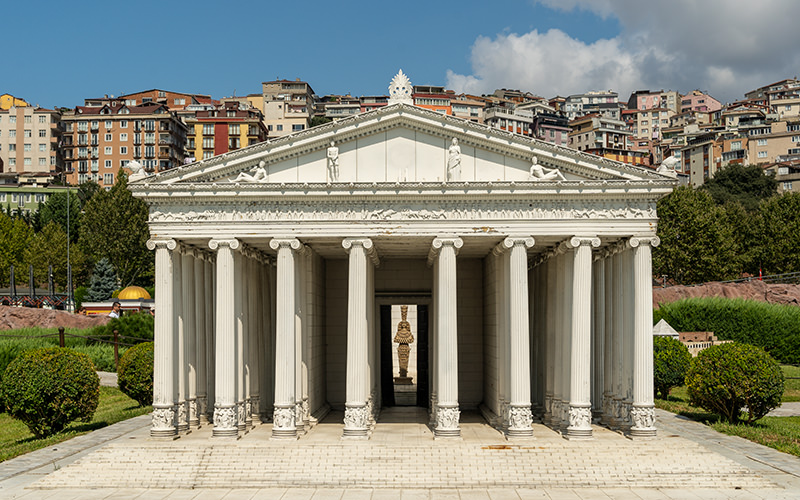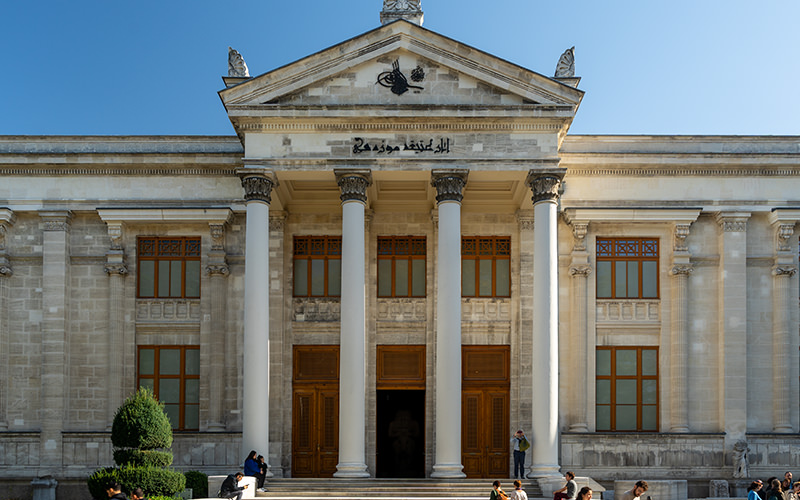Hi! Today I would like to share with you the final part of my story about my walk through the amazing Archaeological Museum of ancient Istanbul (Part 1, Part 2). Before coming here, I browsed through one of the city guidebooks and saw that the museum complex houses the sarcophagus of Alexander the Great. Of course, I was thrilled at the opportunity to see such a unique sight. It turned out that the museum collection does indeed include a sarcophagus of Alexander, although it has virtually no relation to the ancient military commander.

The Sarcophagus of Alexander
This landmark is in one of the halls on the first floor of the main museum building. Unlike many other exhibits displayed in this part of the complex, the Sarcophagus of Alexander is hidden behind glass from tourists.
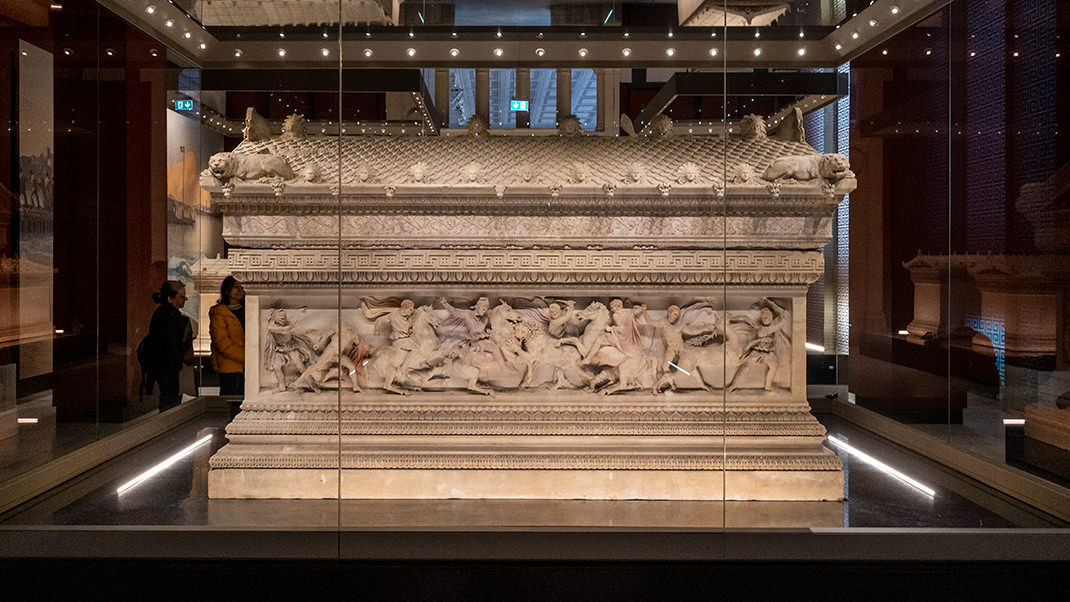
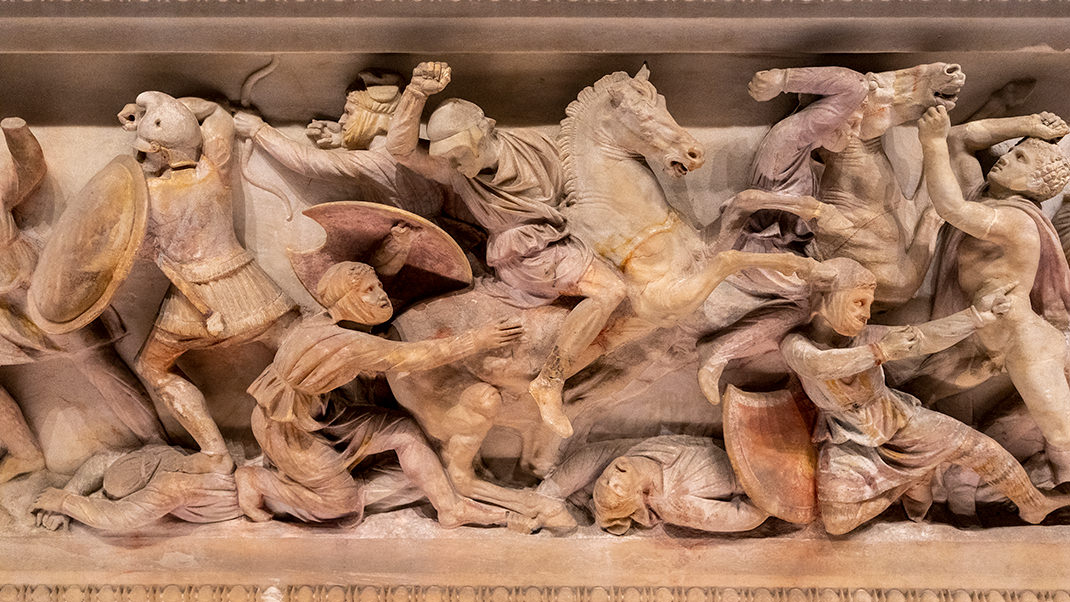
Even though the creation date of the sarcophagus (325-311 BC) coincides with the years of the ancient king's death, and even on the museum's official website, this object bears the name of Alexander the Great, it is believed that the sarcophagus was made for the burial of another king named Abdalonymus. According to information from the internet, this is not the only version of who this massive tomb was created for. One of the archaeologists, for example, suggests that the reliefs on the sarcophagus belong to an earlier period.
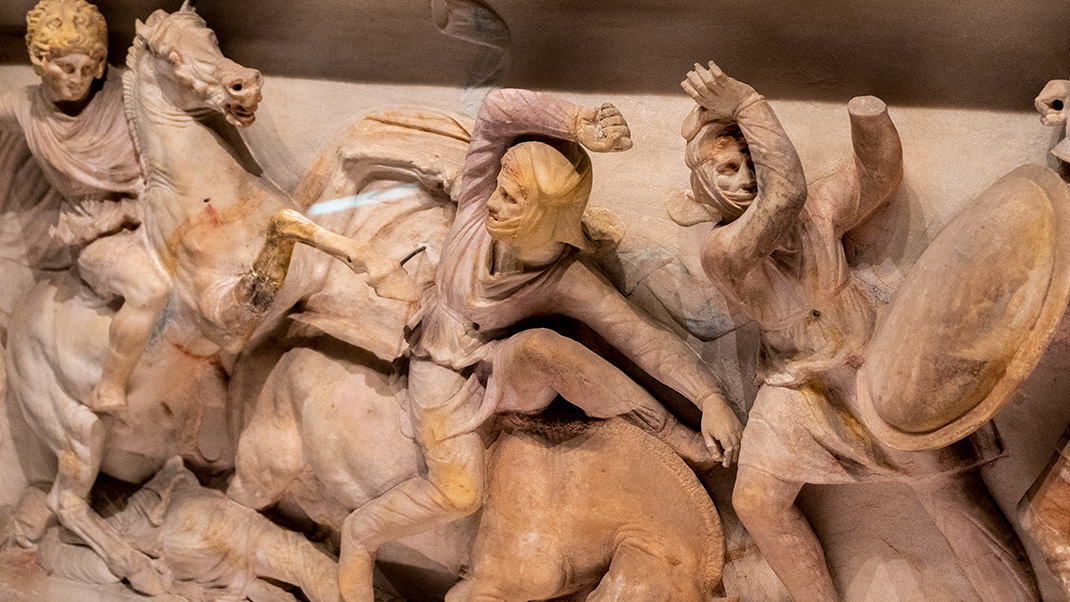

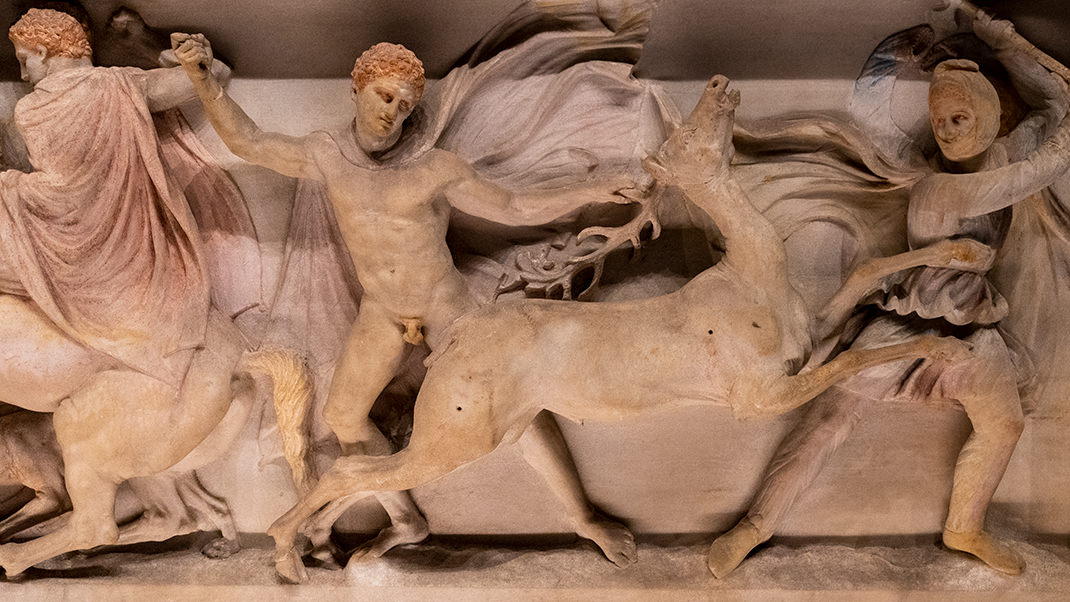
So why is the sarcophagus named after Alexander the Great if it has nothing to do with his burial? The thing is, among the relief images on the walls of the object, which depict scenes of hunting and battles, one can find the figure of the legendary commander.
Regardless of who this tomb was intended for, the Sarcophagus of Alexander is a unique ancient monument that will undoubtedly be of interest to art lovers.
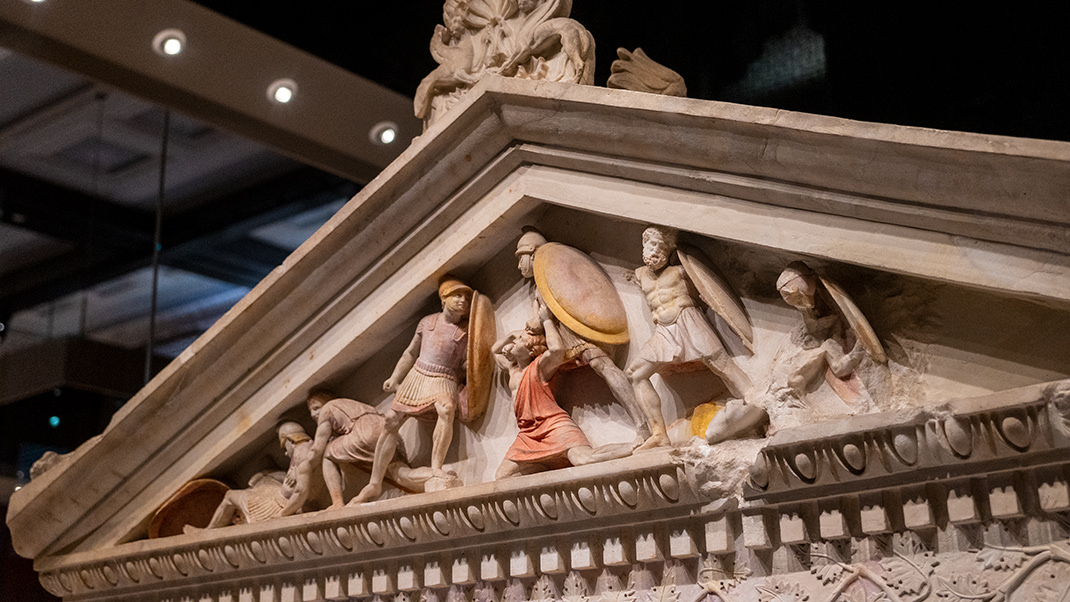
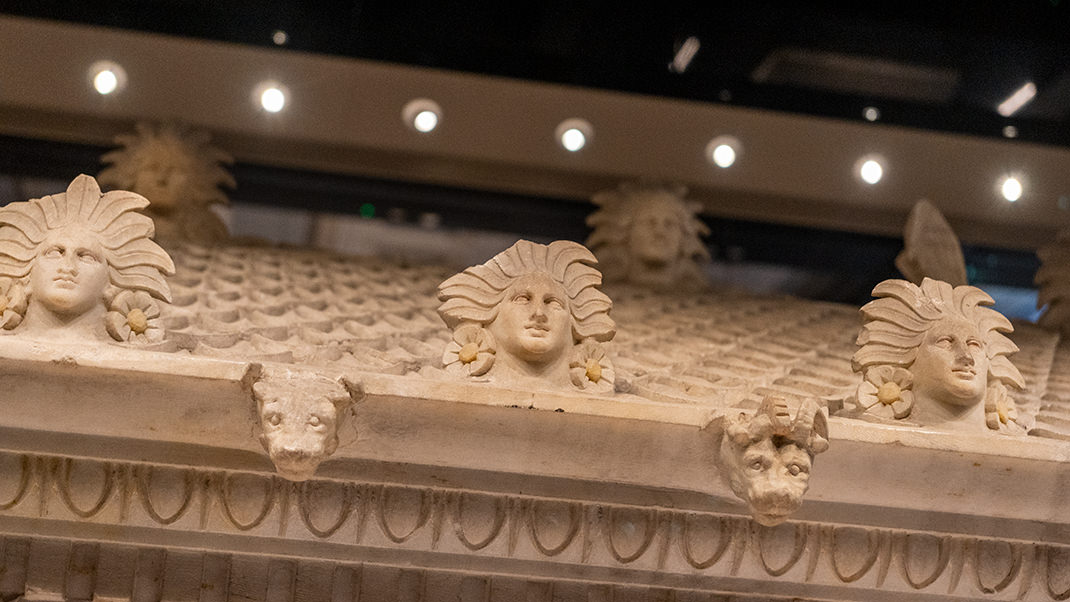
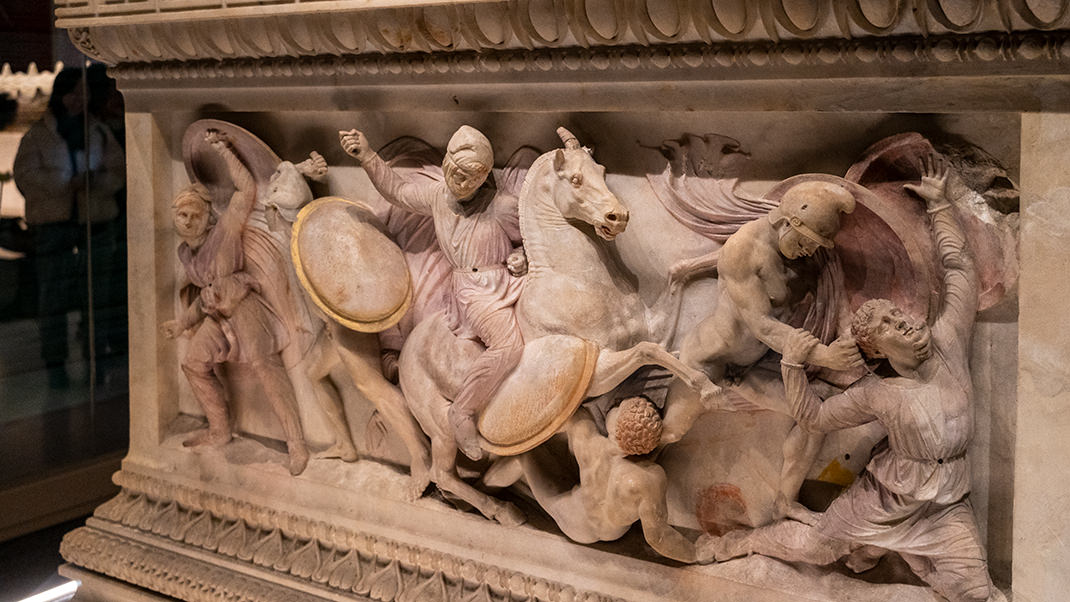
Collection of sarcophagi
One of the most notable exhibits in this part of the museum is the Sarcophagus of the Mourning Women (Sarcophagus of the Weepers). It was discovered in 1887 and is believed to have been intended for the burial of Straton I, known for his licentiousness.
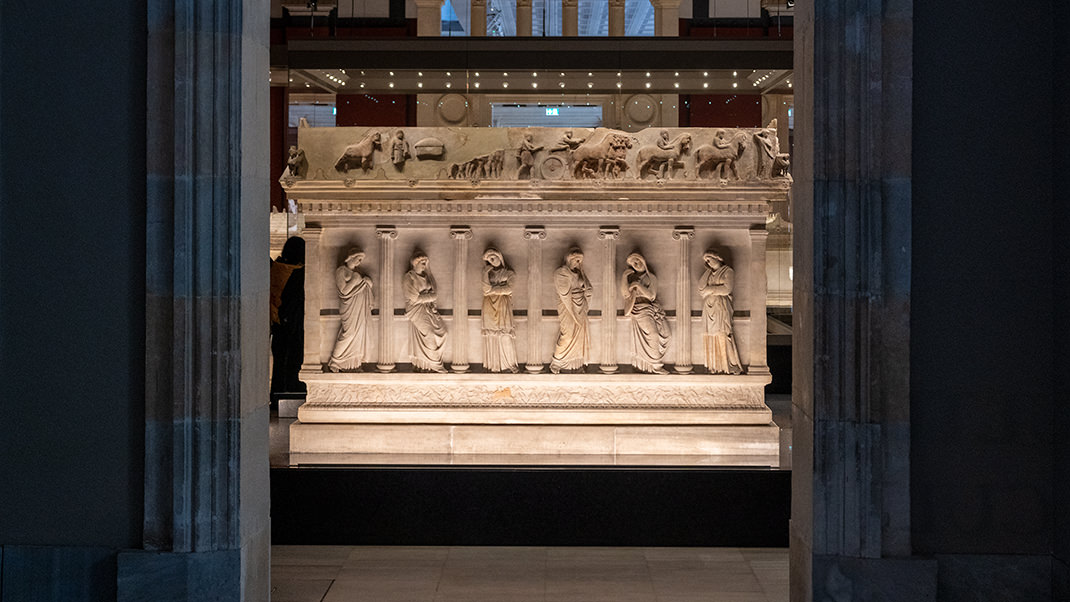
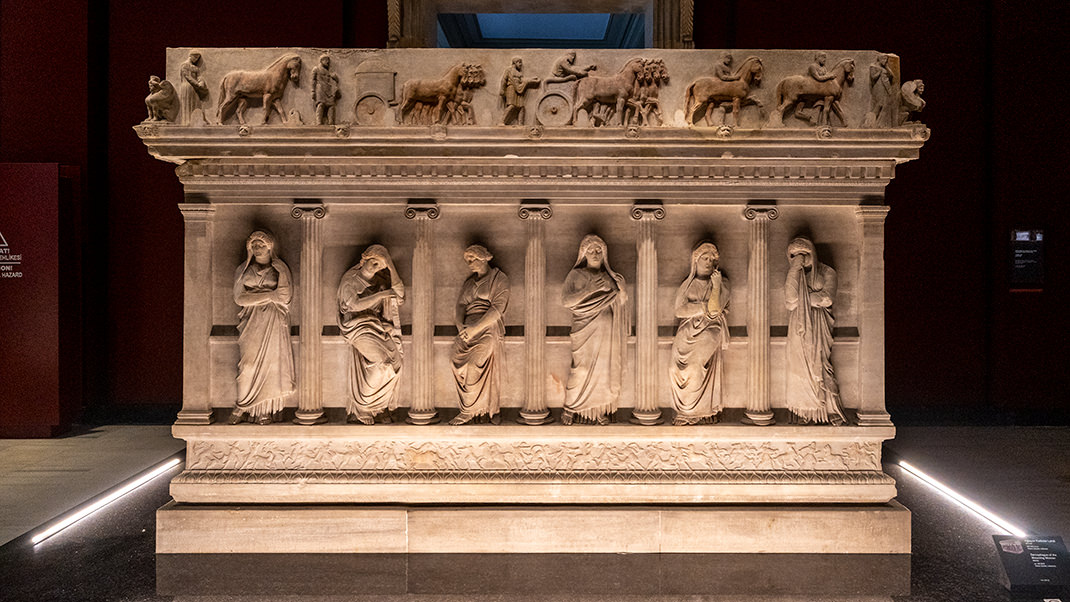
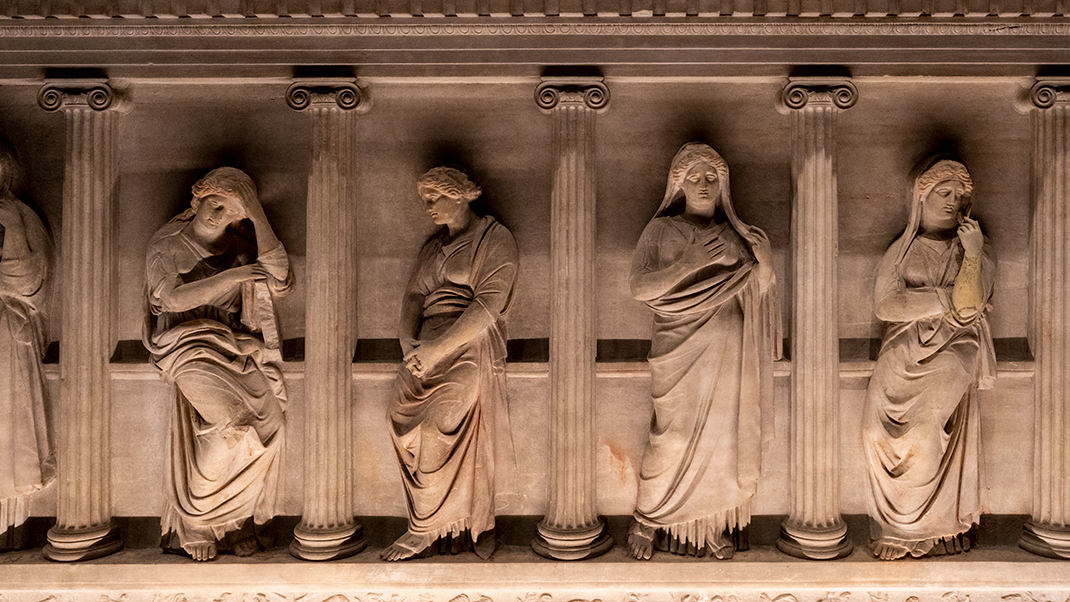
In one of the nearby halls, there is another memorable exhibit - the Sidamara Sarcophagus. It is one of the largest such objects of antiquity, weighing in at 30 tons.
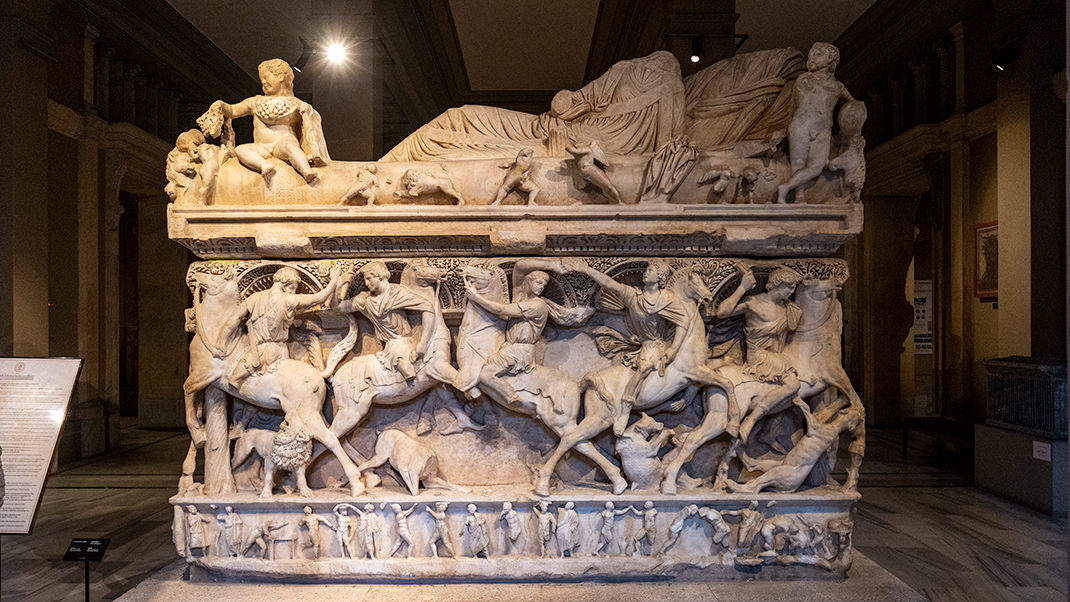
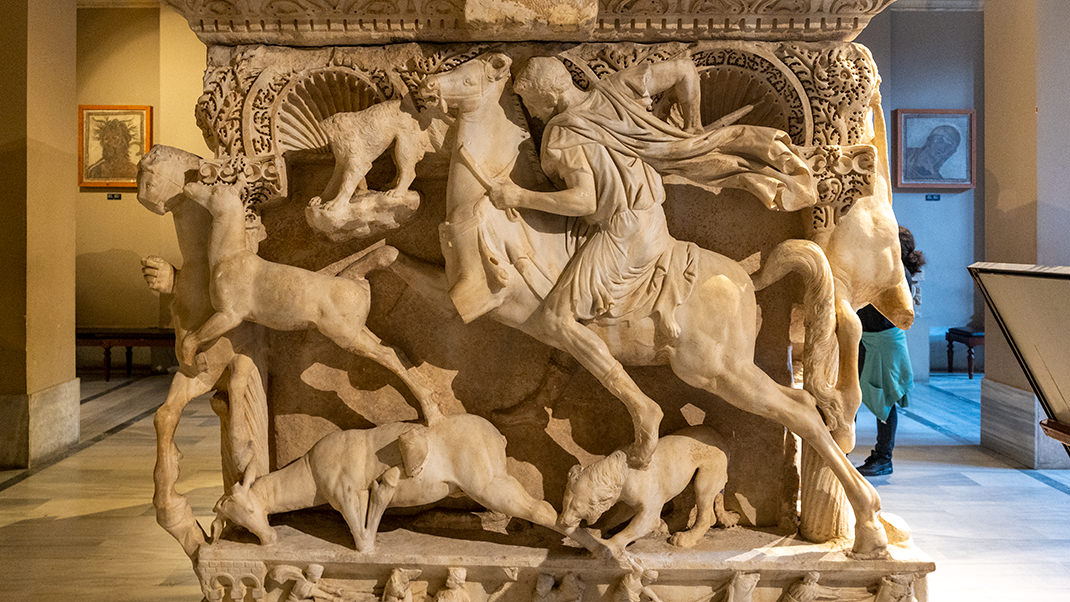
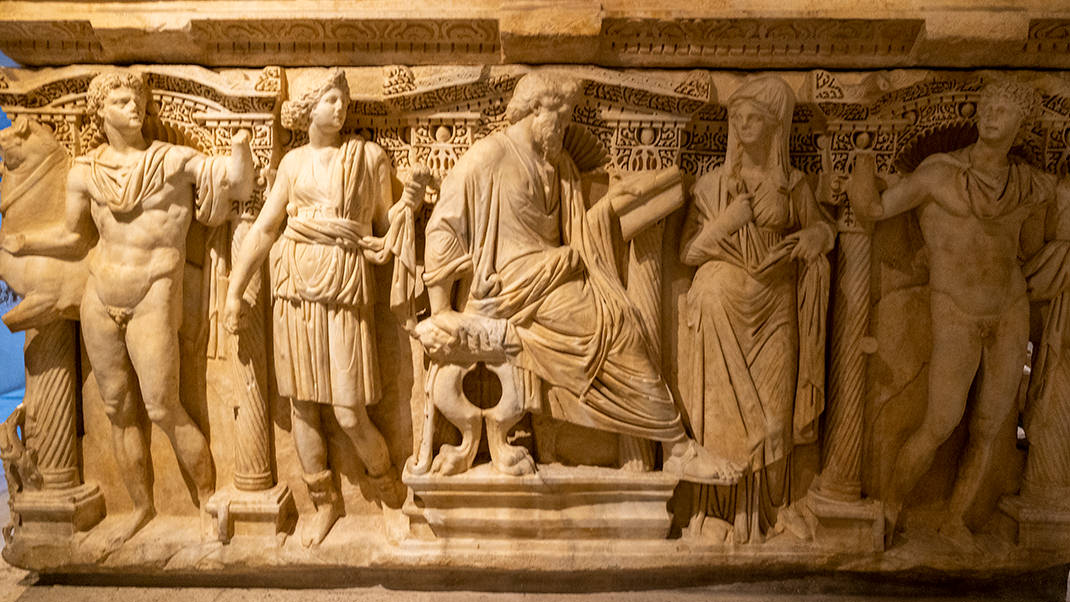
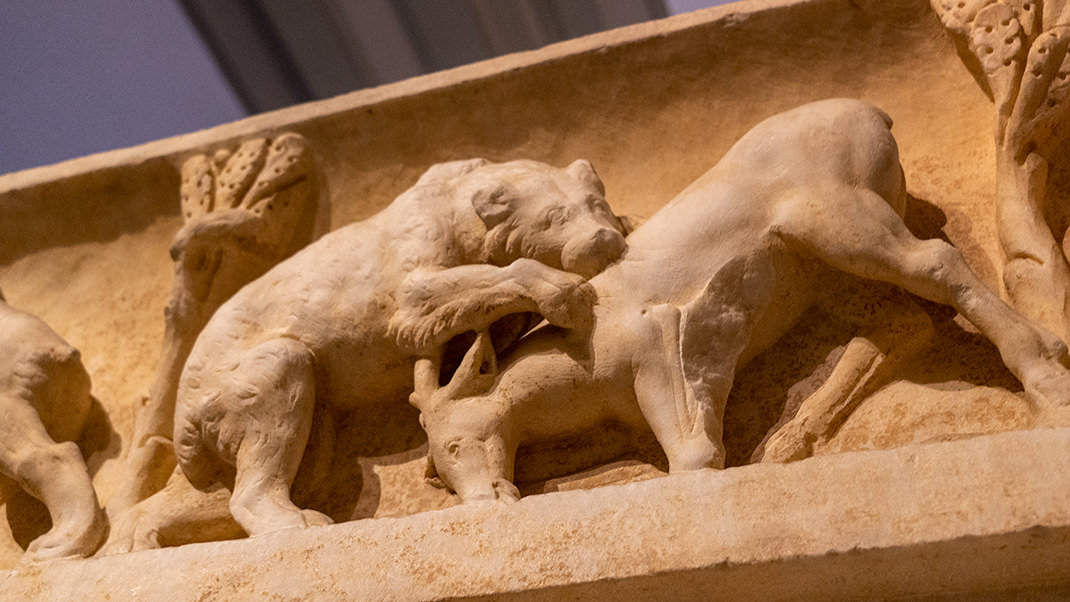
This sarcophagus is associated with an interesting story. For a long time, the marble head of Eros was absent from the monument, having been separated from the main composition about 140 years ago. Recently, this detail was transferred here from London. The unveiling of the updated exhibit with the missing part took place in July 2022.
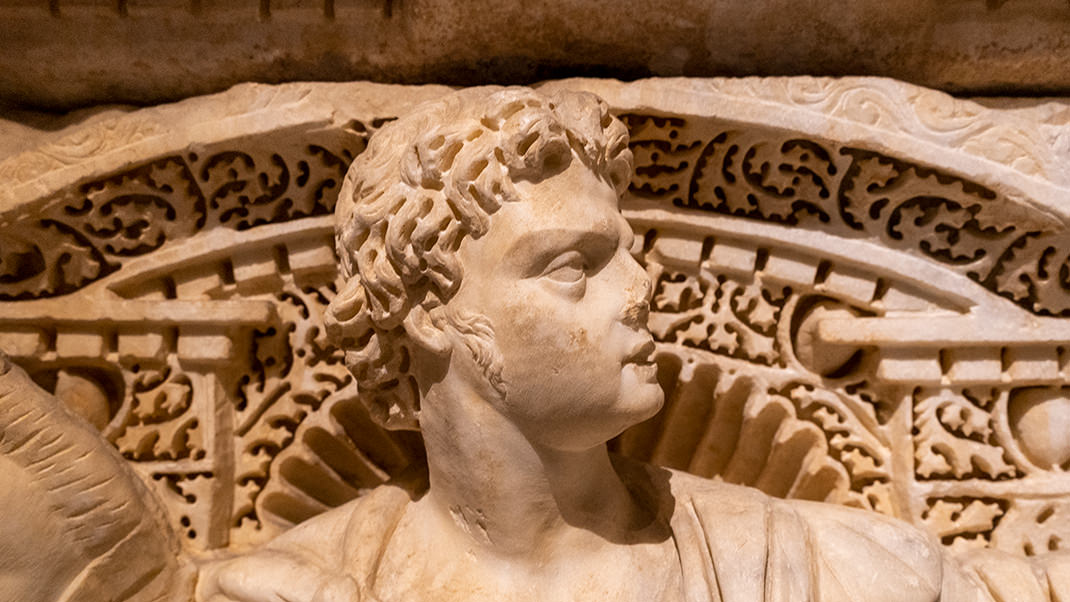
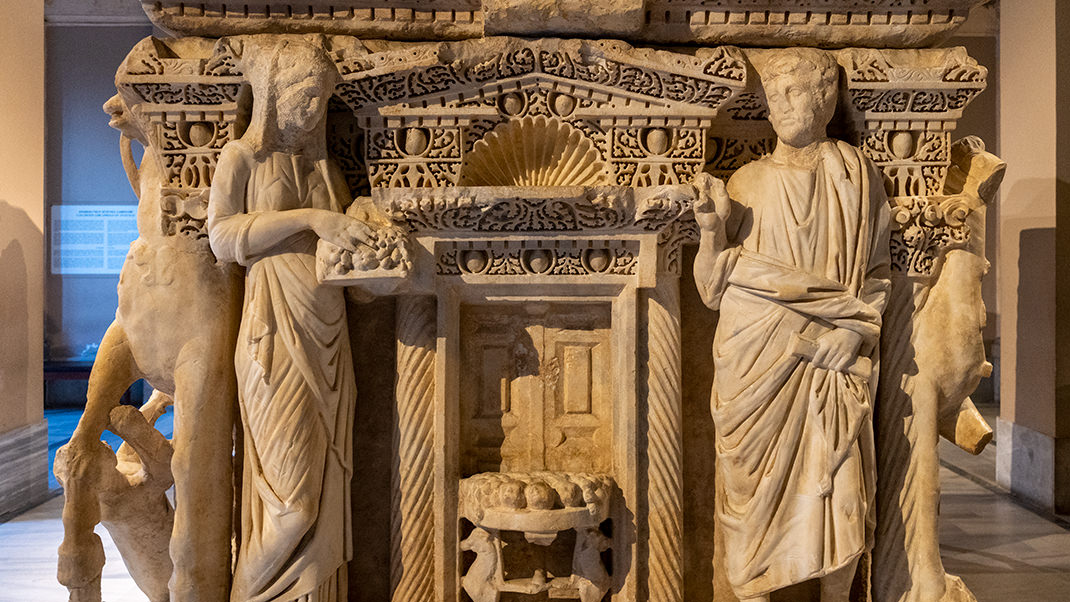
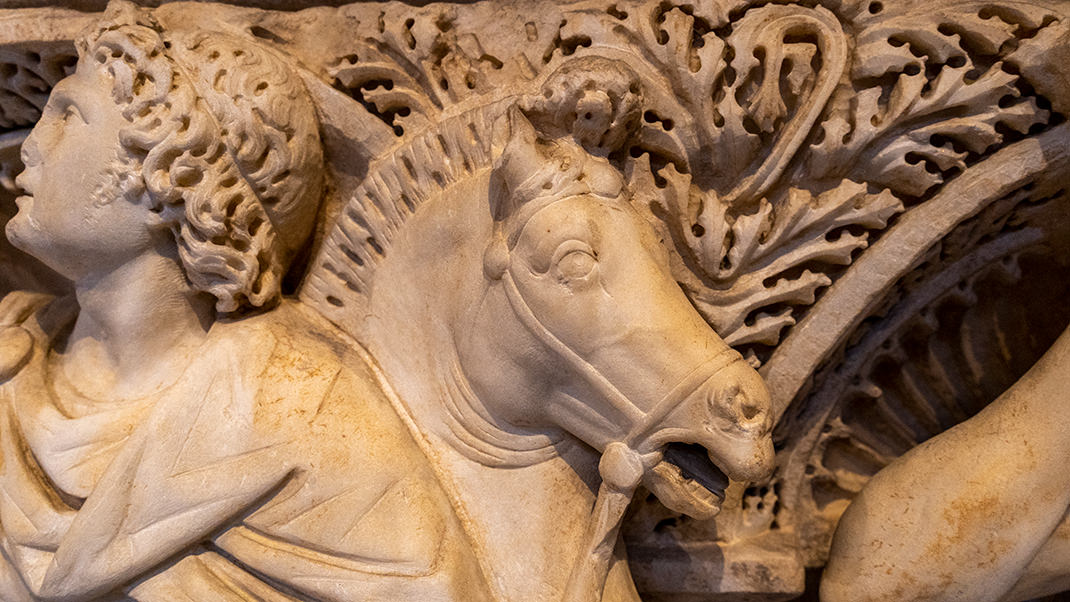
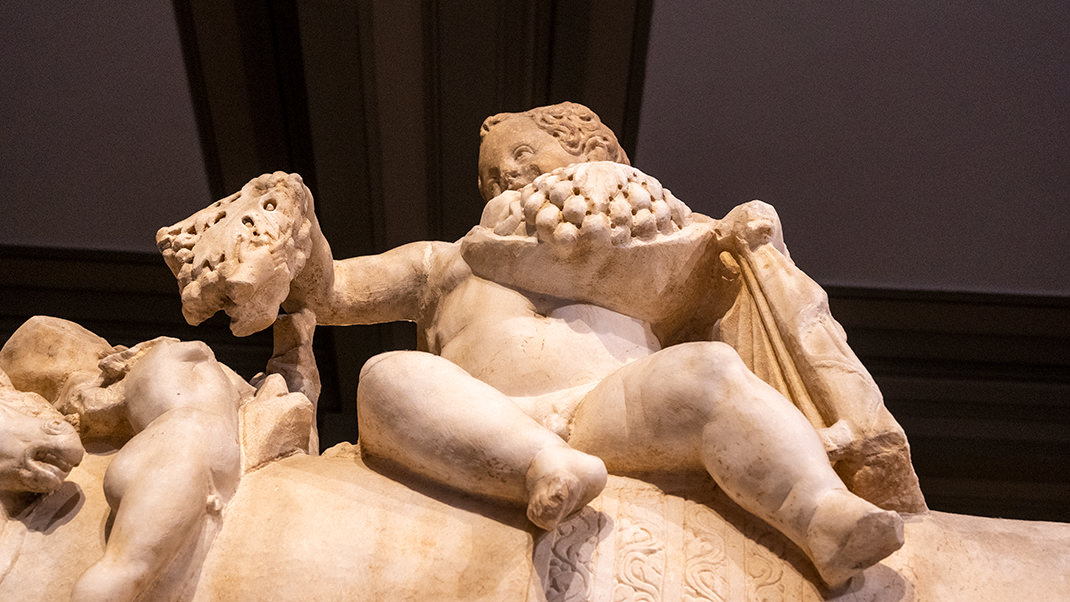
The last notable attraction that I would like to mention today is the Lycian Sarcophagus. It dates to the beginning of the 4th century BC. The design features hunting scenes and depictions of sphinxes with griffins. The name of the person for whom this tomb was intended is unknown to us.
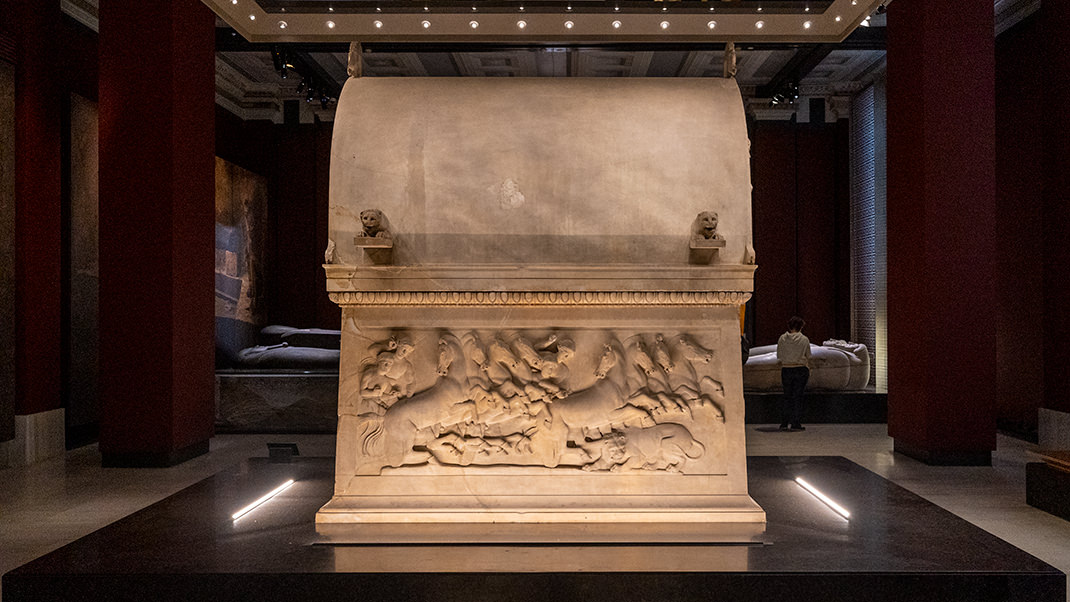
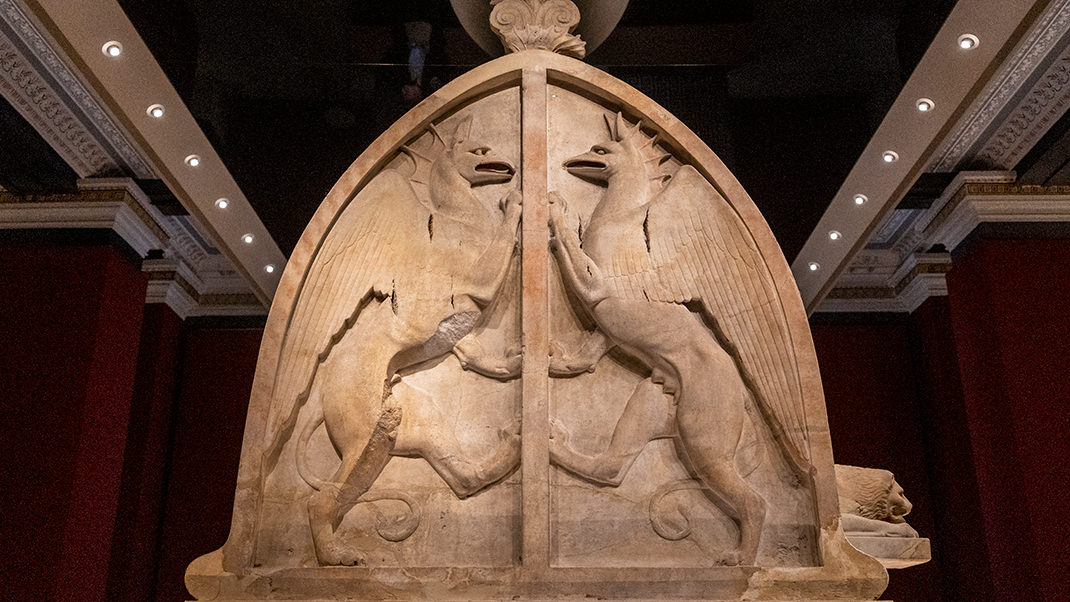
Concluding my narrative, I would like to share with you a link to an article about a brief tour of another exhibition of artifacts, the Egyptian Museum in Cairo. It is another excellent place to explore unique monuments from ancient times.
Have a nice trip!


